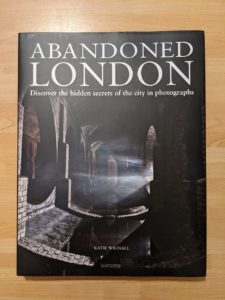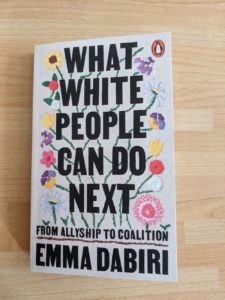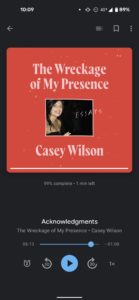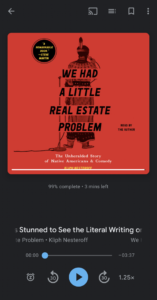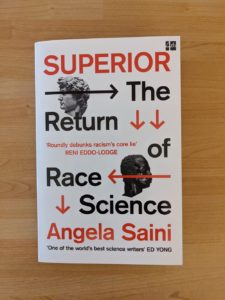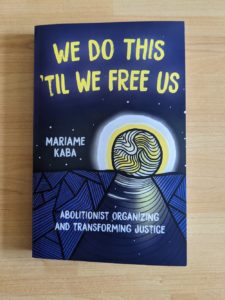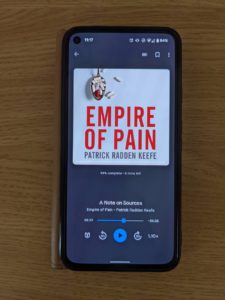Abandoned London by Katie Wignall
Written by Ashley Kelmore, Posted in Reviews
Best for:
Anyone looking for an interesting if somewhat bleak coffee table photography book.
In a nutshell:
Author Wignall captures some of the haunting images of buildings abandoned throughout this giant city.
Worth quoting:
“The land was bought by Lendlease property developers in 2010 and the estate was demolished between 2011 and 2014. There were 284 ‘affordable homes’ (priced between £350,000 and £1.1. million) made available, but for many of the existing tenants these were too expensive.”
Why I chose it:
I love London, I love photography books, and I find abandoned buildings and areas in the middle of large living cities fascinating.
Review:
Over a decade ago my sister and I visited the Tacheles in Berlin, which was a partially demolished and abandoned department store taken over by artists. It was amazing to see a building that had been left to rot re-purposed in such a way. That wasn’t the first time I was intrigued by what happens to spaces when they are left behind, but it definitely stands out.
This book is part coffee table book, part guide to things to see in London, and part history of the evolution of London. Abandoned docksides, factories, infrastructure, along with homes, shops, and even sports stadiums, each with its own story to tell. Perhaps the buildings outlasted their useful life and needed to be replaced for safety reasons. Or perhaps technology changed, meaning the shockingly gorgeous, gigantic pump rooms of the earliest sewage treatment facilities are obsolete but no one can bring themselves (or afford to) tear them down. Or, in the case of some of the tube stations, maybe a better or more accessible station was built just a few steps away.
Not every photo is of an epic or haunted building – many are just shots of simple shops and homes. Some are even no longer abandoned, bought up and renovated after a few years of neglect. Which makes sense — this is central London, and property is expensive. But it got me really thinking about the stories behind the buildings that remain abandoned, the ones that don’t also have a Grade II listing associated with them. The ones that people would consider eyesores, or a sign of a neighborhood in decline. What happened there? Did a giant superstore (or online services) undercut them? Did they sell a product that was no longer in demand? Did someone lose their life savings when it didn’t work out? Did the landlord raise the rent and drive the shopkeeper out, only to find no one else could afford that rent either?
And when it comes to the abandoned homes, I think about the above quote – some of the abandoned spaces have been rebuilt with housing. But not affordable housing, not when £350,000 is the low end. What happens when you take away crumbling infrastructure and replace it not with a similar but safer, nicer version, but instead some idea of luxury that the people you’ve displaced can’t afford? Why isn’t it replaced with actually affordable public housing? It’s infuriating.
The photos in here are great – some are quite artful, and some are ones that any of us could have taken. But each of them has a story behind it, and thinking about those stories made the experience of reading the book even richer.
I ordered this book as soon as I heard about it, and so had to wait a couple of months for its release. Worth it.
Keep it / Recommend to a Friend / Donate it / Toss it:
Keep it
